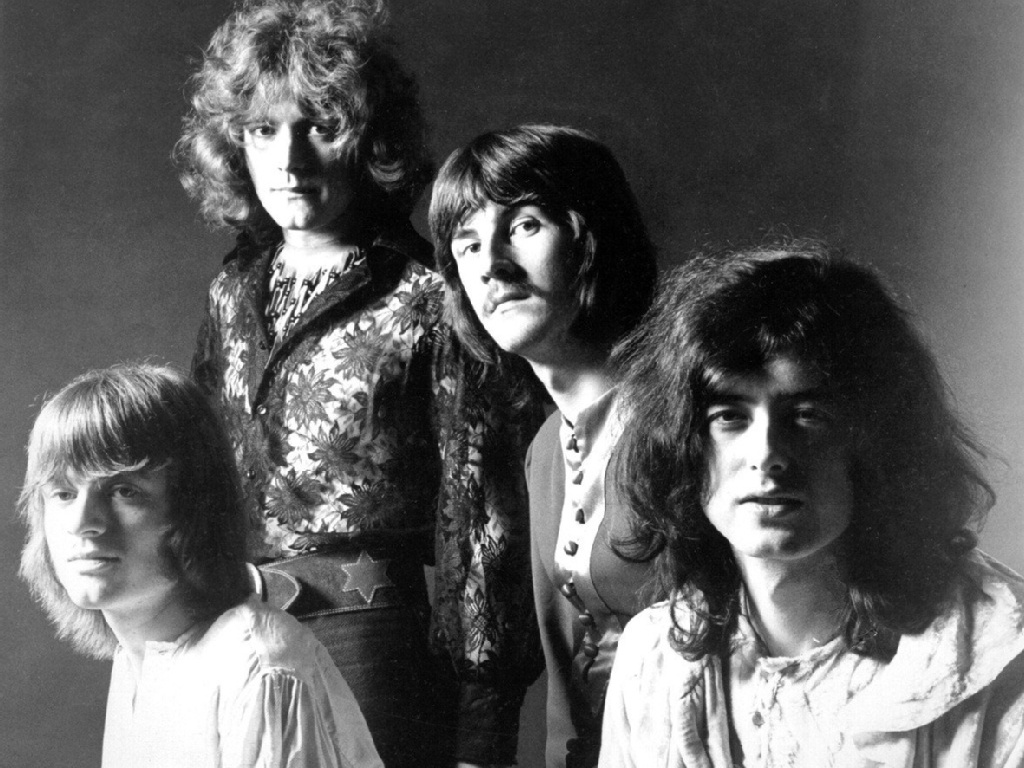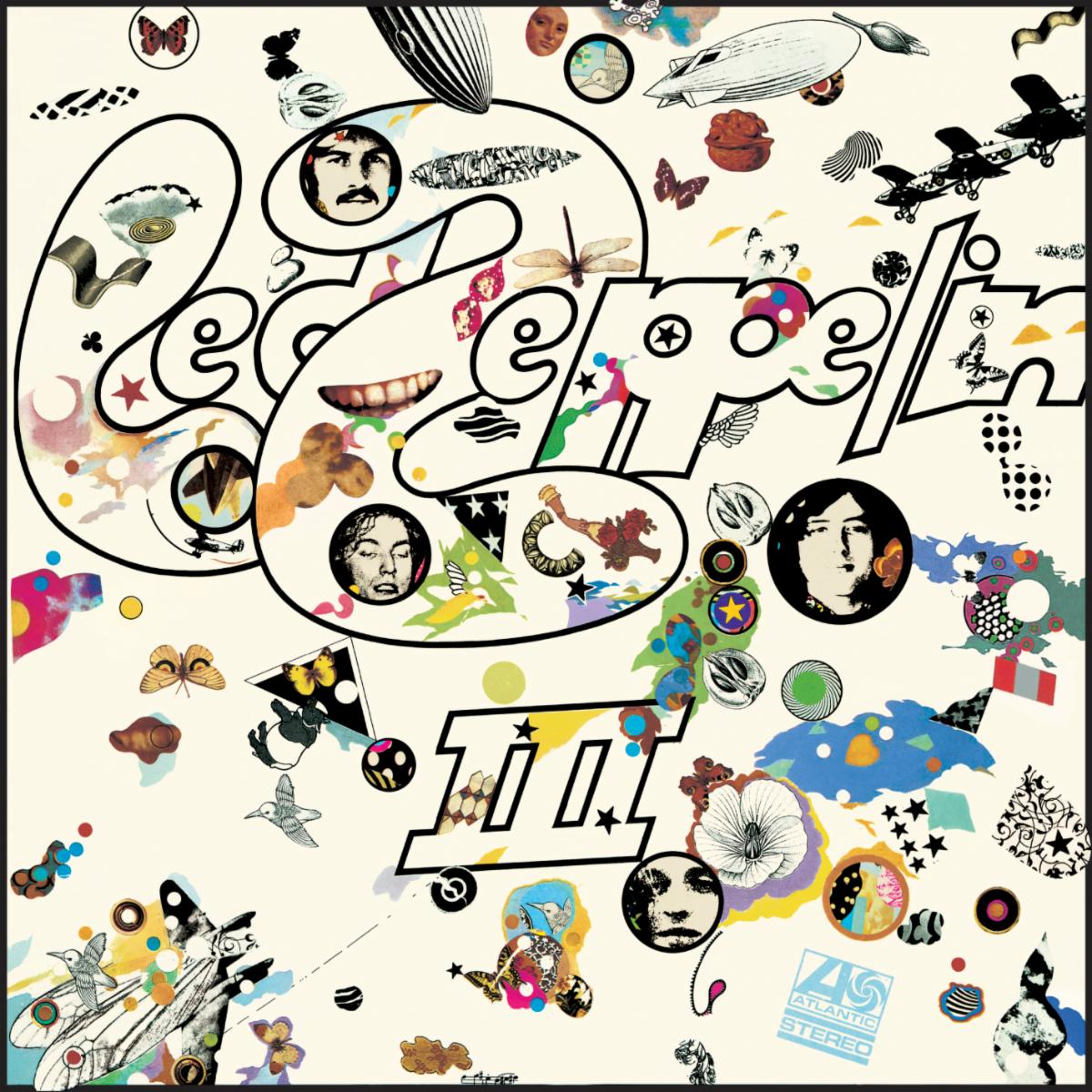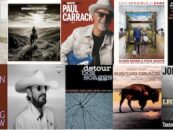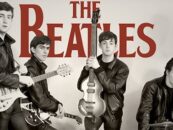
Led Zeppelin in an early publicity photo.
Following the whirlwind success of Led Zeppelin’s first two albums in 1969 and near constant touring, Jimmy Page presented “Immigrant Song,” “Friends,” and what became “Out on the Tiles” to Robert Plant and John Bonham at an initial rehearsal. Page and Plant then took to the now famous Bron-Yr-Aur cottage in Wales in 1970 for a musical sabbatical.
The remote 18th-century cottage – which lacked electricity and running water – became home to another song, “That’s the Way.” The pair later convened with Bonham and John Paul Jones for rehearsals before recording for their third album began in earnest that May with engineer Andy Johns. The band recorded it in several locations, including London’s Olympic Studios and Island Studios. Following the recording sessions, Page, who produced the album, took the mixed master tapes to Ardent Studios in Memphis, Tenn., to make the cut for vinyl.

On October 5 Led Zeppelin released their third album in the U.S., with the U.K. and other countries following a few weeks later. It would top the charts in several countries – including the U.S. and the U.K. – on its way to selling more than 13 million copies worldwide. Beyond its overwhelming commercial success, the album also represented a turning point musically for Led Zeppelin as the group expanded its hard-hitting sound to embrace a wider range of styles on acoustic-based songs like “That’s the Way,” “Tangerine,” and “Bron-Y-Aur-Stomp.”
Fueled by classic rock tracks such as “Since I’ve Been Loving You,, “Out on the Tiles,” and “Celebration Day,” Led Zeppelin III has been certified 6x Platinum in the U.S.
“Immigrant Song” was a Top 20 hit in the U.S. and has gone on to become one of the band’s most popular and enduring songs. Its lyrical references to Norse mythology were inspired by the band’s concert in Reykjavik, Iceland on June 22, 1970. Six days later, the song made its live debut in England at the Bath Festival of Blues and Progressive Music.
Beyond the music, the album is noteworthy for another reason; its innovative artwork. For its original release on vinyl, Led Zeppelin III came packaged in a gatefold sleeve, conceived by Page and designed by multi-media artist Zacron (aka Richard Drew), whom Page had met in the early 1960s when Drew was attending Kingston College of Art. For his design, Zacron created a surreal collection of images (planes, birds and butterflies) surrounding several cutout holes. Behind the cover, he placed a rotating disc (volvelle or wheel chart) that featured more images, including photos of all four band members. When the disc was turned by hand, different images would appear in the openings to create an interactive visual experience.
Related: The #1 albums of 1970
The Becoming Led Zeppelin documentary is highly recommended. It’s available in the U.S. here, in Canada here and in the U.K. here.






2 Comments so far
Jump into a conversationI do believe “The Immigrant Song,” and, subsequently, Led Zep III gained most of its popularity at seaside amusement parks where it became the soundtrack for the most intense rides, in the early 70s. I can still hear the ride operators turning the song down to bring their mics in saying “Do you want to go faster?” And then bringing those throbbing John Bonham drums back in at full blast, with Plant wailing over the top, as the thrill-seekers spun on and on, ever faster.
Led Zeppelin one of the Greatest Rock and Roll Bands. I am glad I am part of their generation of music.